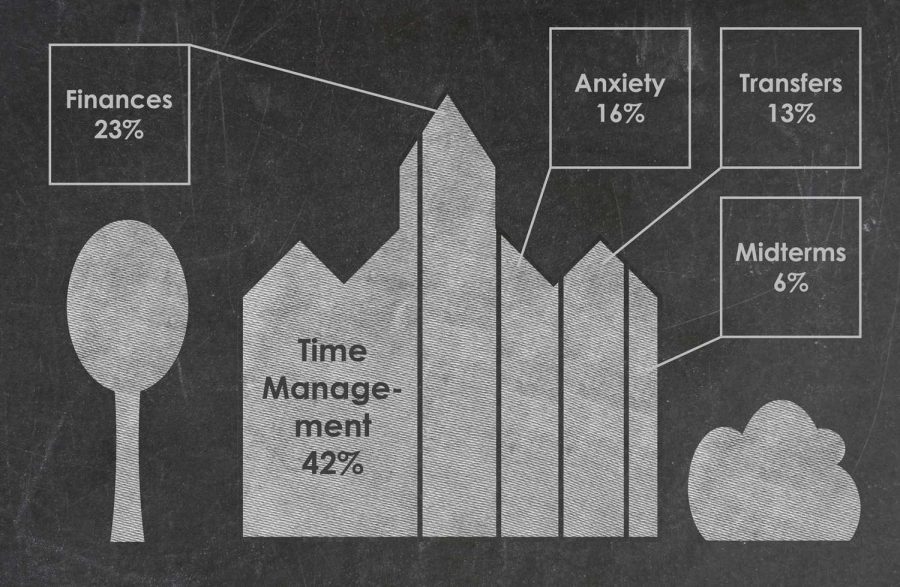If I were to give a letter grade to the California Department of Finance, I would give them an “F” for their failure to do their job, and causing hundreds of thousands of community college students to suffer on their behalf.
Community colleges have always been counted on to provide a post-secondary education to anyone who seeks one. However, in today’s economy, this opportunity is being increasingly jeopardized due to the financial crisis the state of California has put itself in.
The California state budget has hit rock bottom, resulting in major class cuts at Moorpark College and other community colleges. Additionally, a $6.00 per unit increase in tuition was implemented this fall. With a higher demand for a college education combined with the struggling economy, enrollment has skyrocketed, making the whole situation even harsher.
To make matters worse, the budget cuts to classes have dramatically reduced the amount of faculty available to teach, resulting in increased class sizes. For Vail Keck, Director of Choral Activities at Moorpark College, who also teaches Music Appreciation, her whole style of teaching had to change in order to fit the larger class size.
The small classroom setting Keck was used to is now gone, replaced by large classrooms comparable to those at a four-year college. According to Keck, her class size has doubled within the year.
“My Music Appreciation class enrollment was increased from 40 to 80 students in the spring [2009] semester,” said Keck. “The community college experience of small classroom discussions is virtually impossible to maintain.”
Not only is instruction impacted, students are having more trouble enrolling into the classes they need. Taylor Cote, 20, found this out the hard way. Despite registering in early May, she was still waitlisted.
“I signed up right after the spring semester, and was waitlisted in all four classes,” said Cote.
Another issue is the fact that instructors have to adhere more strictly to regulations limiting how many students they can add to their classes, with each room having a maximum capacity. Now, even with seats available in classrooms, students are often still not able to get into the class. Mikaila Loft,19, needed to take a class or her insurance would not be covered, but did not understand why she could not be added when seating room was available.
“I feel frustrated because if seats in class are open, we should be allowed into the class,” Loft said.
Why are teachers so hesitant to add students into their class? Moorpark College Executive Vice President Ed Knudson explained that students could not be added in some classes even with seats available.
“We are not being fully funded for all of our students, but class size is a combination of room capacity, room availability, and what is pedagogically the most sound for that particular discipline and course,” said Knudson. “Some courses lend themselves to large lecture type instruction, and others require smaller classes sizes to effectively provide the instruction.”
According to Knudson, enrollment increased by 5 percent on the Moorpark College campus this fall.
“It is true that the district is not being funded for nearly 3000 full-time equivalent students from the state,” said Knudson. “This has occurred because the state is not funding growth, and has reduced what is known as the enrollment cap [funding level base] for all colleges due to the state budget deficits.”
And this is supposed to be our problem?
That’s 500 additional registered students, which makes it even more difficult for all students to attend an institution of higher learning. It appears as if there is no easy solution until we recover from our massive debt and restructure our spending at the state level.
The class cuts have decreased the amount of classes offered and even large class sizes do not help account for the 5 percent increase in enrollment. Professors are restricted to who they can add to their classes, leaving students like Loft in dire straits. With all the problems resulting from increased enrollment, budget cuts, class cuts, strict policies on waitlisted students and instructional changes in classroom settings, what’s a student to do?
“Early registration is the best solution to students entering the classes they need,” Knudson concluded. “Early registration also assists the college in determining where we might be able to focus resources to better meet the student needs.”






